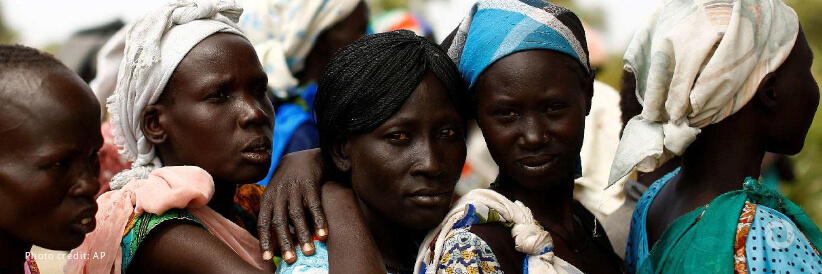This year, 4.3 million girls are at risk of female genital mutilation, according to the latest UNFPA estimates. This number is projected to reach 4.6 million by 2030, as conflict, climate change, rising poverty, and inequality continue to hinder efforts to transform gender and social norms that underpin this harmful practice and disrupt programs that help protect girls.
Female genital mutilation (FGM) violates the rights of women and girls and limits their opportunities for the future in health, education, and income. Rooted in gender inequality and power imbalances, it is an act of gender-based violence that harms girls’ bodies, dims their futures, and endangers their lives.
But UNFPA knows that change is possible. With just eight years left to reach the global target of eliminating FGM, only collective and well-funded action across a diverse group of stakeholders can end this harmful practice. Changing gender and social norms that encourage FGM is critical. Men and boys are powerful allies in the effort. Increasingly they are challenging power dynamics within their families and communities and supporting women and girls as agents of change.
The UNFPA-UNICEF global Joint Programme on the Elimination of FGM has supported over 3,000 initiatives within the last five years where men and boys actively advocate to bring an end to the practice.
The world is witnessing significant opposition from men and boys to FGM in many countries. In Ethiopia, for example – a country with one of the highest rates of FGM globally – male opposition to the practice is 87 per cent, according to a recent UNICEF analysis.
This year, on the International Day of Zero Tolerance for FGM, the organizations call on the global community to:
- Partner with and engage men and boys to shift unequal power relations and challenge the attitudes and behaviors caused by gender inequality that lead to FGM.
- Integrate gender-transformative approaches and change social norms into anti-FGM programs.
- Invest in national-level policies and legislation protecting the rights of girls and women, including the development of national action plans to end FGM.
This is a reminder of the urgent need for even more targeted and concerted efforts to turn the shared goal of ending FGM into a reality. The organizations must work together with all stakeholders – including men and boys – to protect the millions of girls and women at risk and consign this practice to history.

